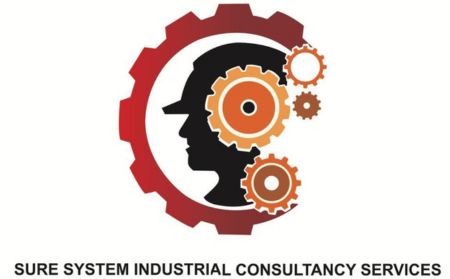
Stability Testing
Stability testing is a critical process in various industries, including pharmaceuticals, food, cosmetics, and chemicals. It involves subjecting products to controlled environmental conditions to evaluate their physical, chemical, and microbiological stability over time. The primary goal of stability testing is to ensure that products remain safe, effective, and of high quality throughout their shelf life. Here are key points about stability testing:
- Objective: The main objective of stability testing is to assess how the quality and attributes of a product change under specific environmental conditions, such as temperature, humidity, and light, over a defined period.
- Regulatory Requirement: Regulatory authorities, such as the U.S. Food and Drug Administration (FDA) and the European Medicines Agency (EMA), require stability testing as part of the product approval process. These agencies have specific guidelines and requirements for conducting stability studies.
- Types of Stability Studies: There are various types of stability studies, including:
- Real-Time Stability Testing: Products are stored under controlled conditions for a specified duration (typically the shelf life of the product) and are regularly tested at predefined intervals to assess changes over time.
- Accelerated Stability Testing: Products are exposed to elevated environmental conditions (e.g., higher temperatures and humidity) to simulate long-term stability in a shorter period. This helps predict how the product will degrade over time.
- Intermediate or Matrix Stability Testing: In this approach, products are exposed to conditions that are intermediate between real-time and accelerated conditions to provide additional insights into stability.
- Photo-Stability Testing: This assesses the product’s stability under exposure to light, which is particularly important for light-sensitive products like certain pharmaceuticals.
- Parameters Evaluated: Stability testing evaluates various parameters, including but not limited to:
- Chemical composition and degradation.
- Physical attributes like color, odor, and texture.
- Microbial contamination.
- Potency and efficacy.
- Packaging integrity.
- pH and viscosity.
- Storage Conditions: The selection of appropriate storage conditions for stability testing depends on the product type and its intended use. Common storage conditions include controlled temperature and humidity chambers.
- Shelf Life Determination: Stability testing data help determine the shelf life or expiration date of a product. Shelf life is the period during which a product is expected to remain stable under specified storage conditions.
- Labeling and Regulatory Compliance: The results of stability testing may impact labeling, storage instructions, and regulatory compliance. It is essential to update labels and documentation accordingly.
- Data Analysis: Stability data are analyzed over time to detect any trends or changes. The data often include stability profiles, degradation kinetics, and statistical analysis.
- Product Quality Assurance: Stability testing plays a crucial role in ensuring product quality, safety, and effectiveness, which are paramount for consumer confidence and regulatory compliance.
- Quality Control: Quality control departments in industries such as pharmaceuticals use stability data to make informed decisions about product release, reformulation, or packaging changes.
Stability testing is a vital quality assurance tool that helps manufacturers and regulators ensure that products remain safe and effective for consumers throughout their intended shelf life. It is a rigorous and ongoing process that requires careful planning, documentation, and adherence to regulatory guidelines.
